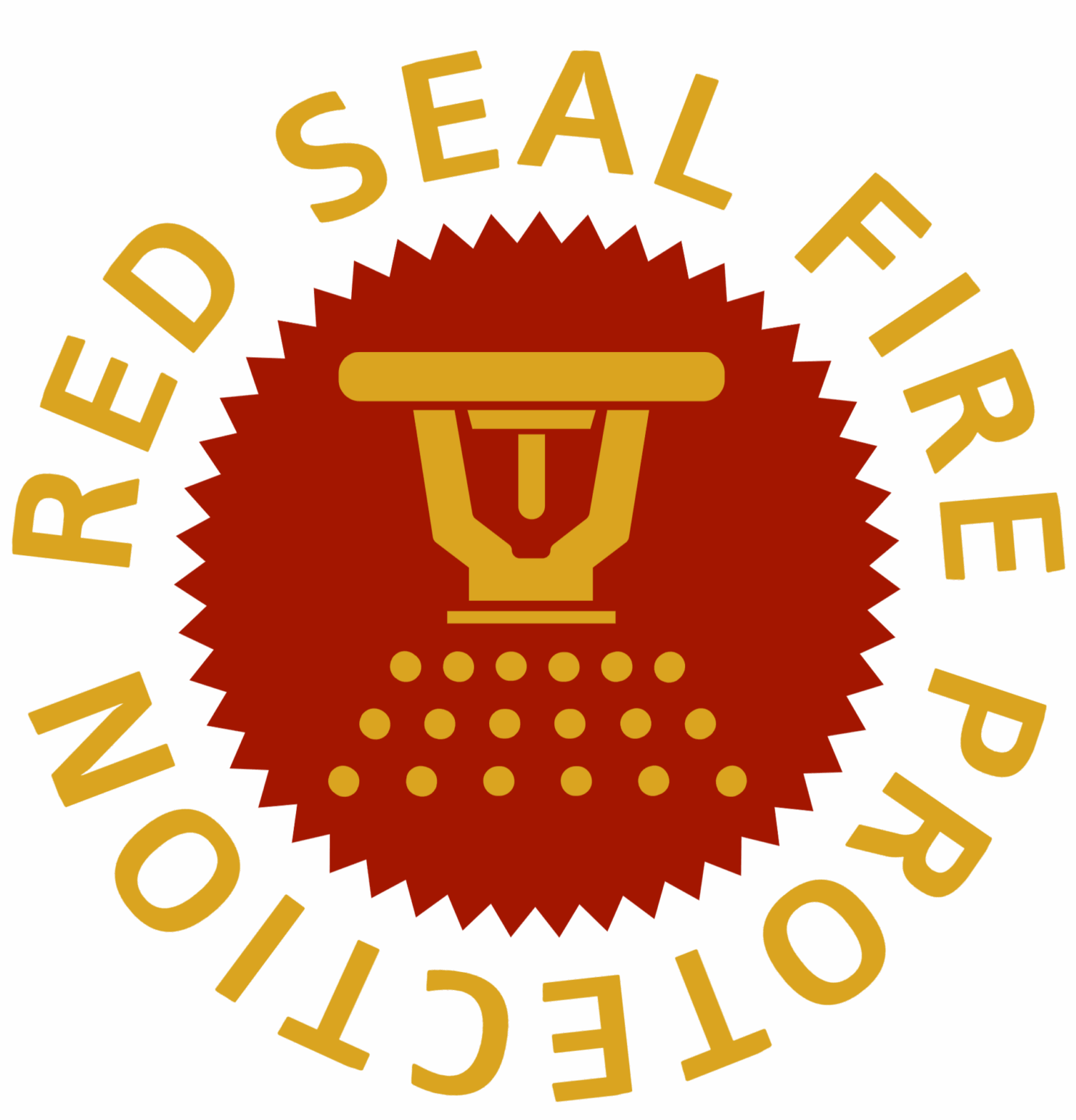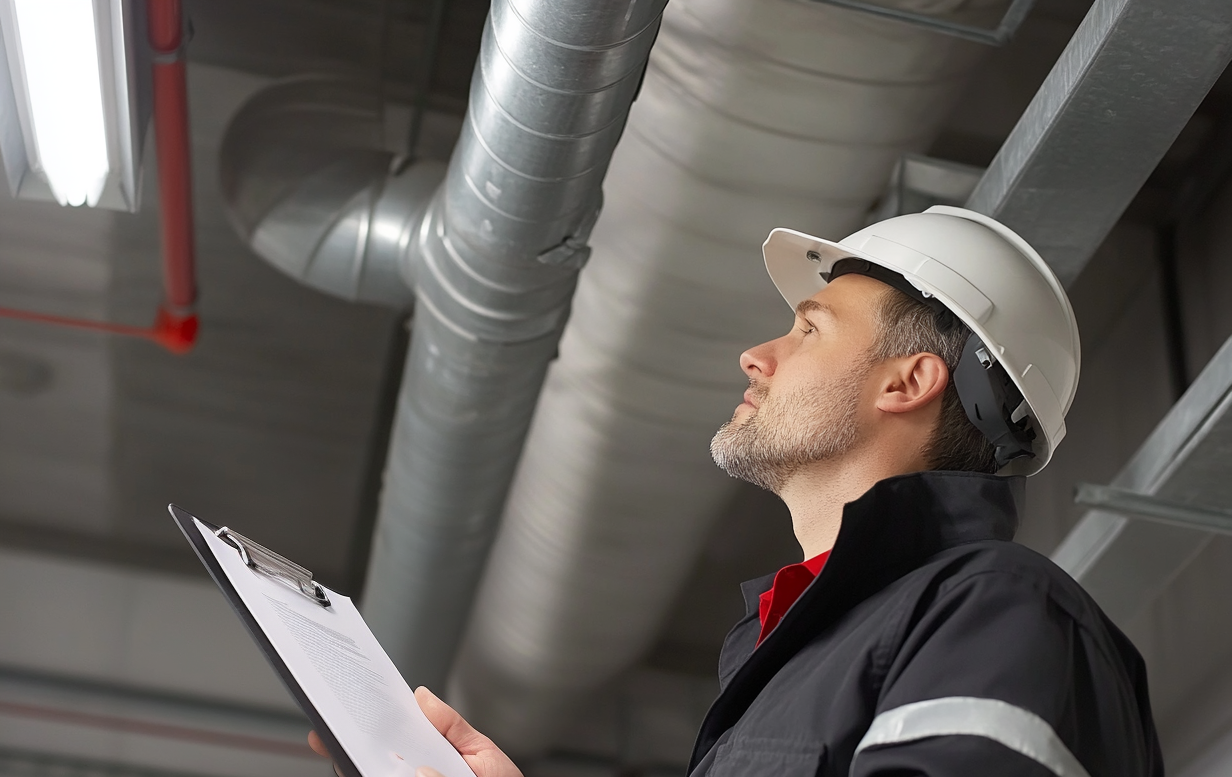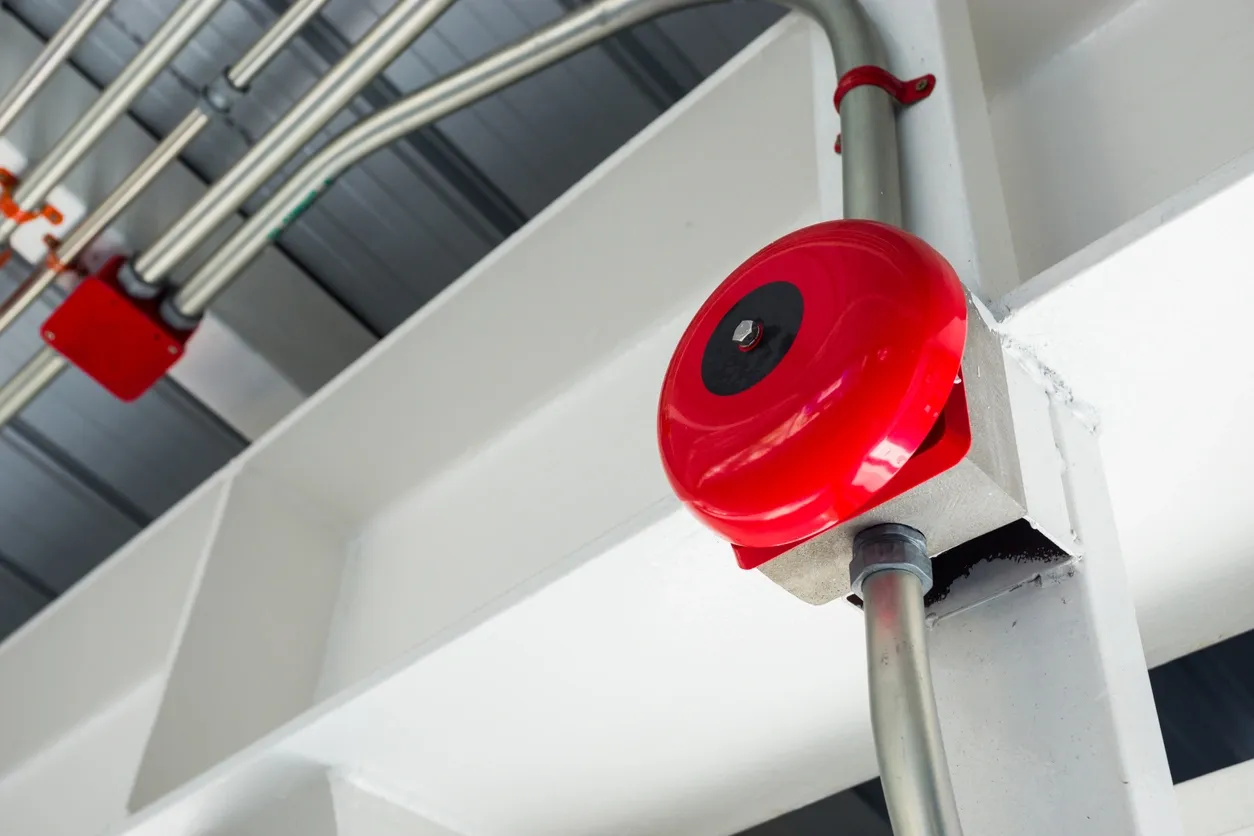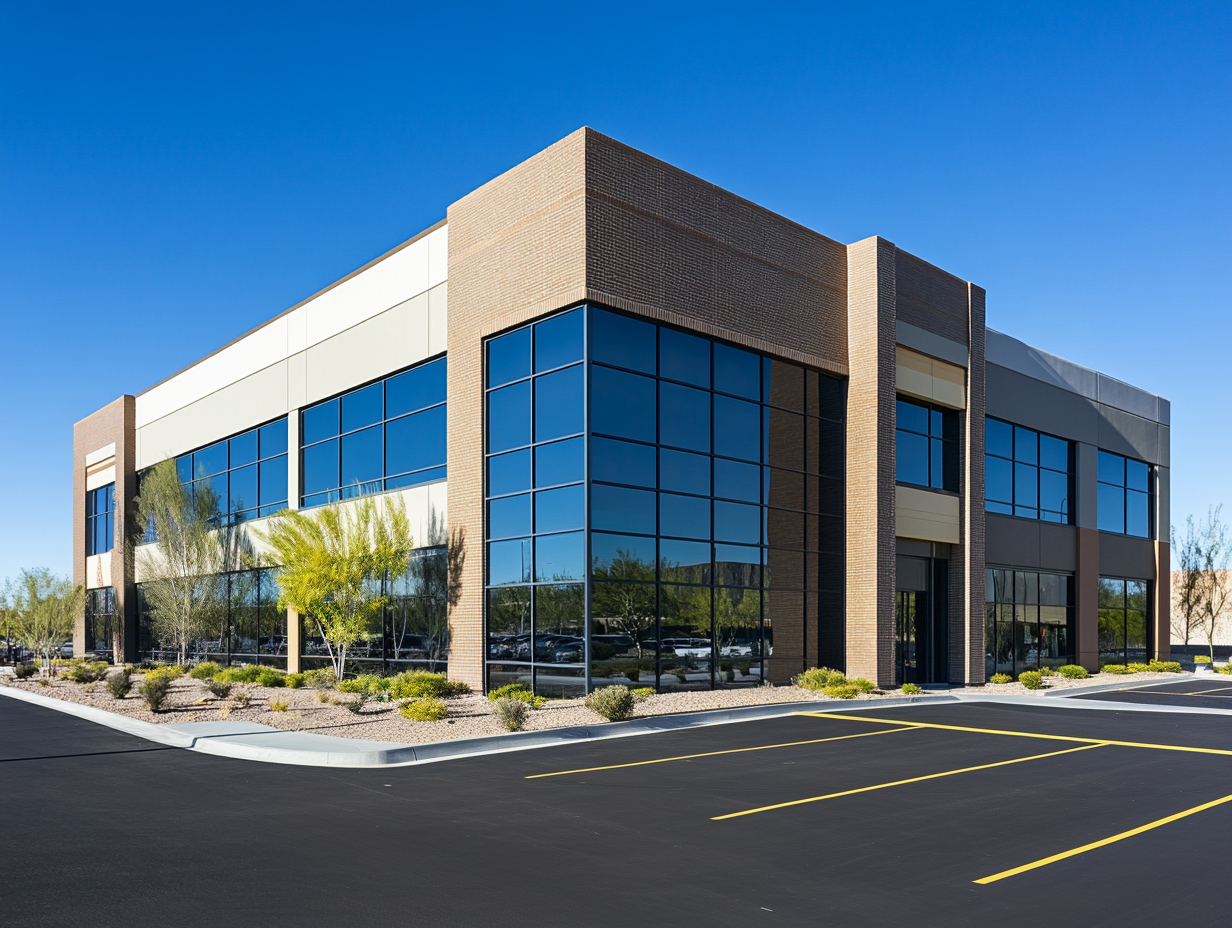For building owners and facility managers across Ontario, understanding fire suppression system inspection costs represents a crucial aspect of property management and safety compliance. While these inspections might seem like just another expense, they play a vital role in protecting lives and assets. Modern buildings require sophisticated fire protection systems, making professional inspections more important than ever for maintaining safety standards and meeting regulatory requirements.
Understanding Fire Suppression System Inspections
Professional inspections serve as the backbone of fire safety programs, helping identify potential issues before they become serious problems. Regular inspections not only maintain compliance with Ontario Fire Code requirements but also protect your investment in fire safety equipment. Building owners who maintain regular inspection schedules often find their systems perform better and last longer, providing superior protection when needed most.
Types of Fire Suppression Systems
Different buildings require different types of suppression systems, each with specific inspection requirements:
- Water-based Systems: Including wet pipe, dry pipe, and pre-action systems, these traditional setups need regular pressure testing and component checks. Inspectors must verify water flow switches, gauge readings, and valve positions while checking for signs of corrosion or damage
- Clean Agent Systems: Used in areas with sensitive equipment, requiring specialized testing procedures and careful pressure monitoring. These systems need thorough examination of gas levels, nozzle alignment, and detection systems to ensure proper discharge patterns
- Chemical Systems: Common in commercial kitchens, demanding thorough inspection of nozzles, piping, and triggering mechanisms. Regular testing must verify proper agent concentration and distribution patterns while checking for grease buildup that could affect system performance
- Foam Systems: Often found in industrial settings, requiring verification of foam concentrate quality and distribution systems. Inspectors check proportioning equipment, foam quality, and expansion ratios to maintain system effectiveness
Mandatory Inspection Requirements in Ontario
Ontario’s Fire Code mandates specific inspection schedules based on system type and building occupancy:
- Monthly visual inspections of key components and pressure gauges, including documentation of all findings
- Quarterly testing of alarm devices and control panel functions, with verification of all supervisory signals
- Annual comprehensive inspections of all system components, including operational tests and calibration checks
- Five-year internal piping assessments and major component testing requiring specialized equipment and expertise
- Special inspections after any system activation or building modification that might affect system performance
Factors Affecting Inspection Costs
Several variables influence the final cost of fire suppression system inspections in Ontario buildings, making each inspection unique to the facility’s needs.
System Size and Complexity
The scope of your inspection varies based on the following:
- Total square footage protected by the system, which affects inspection time and resource requirements
- Number of suppression zones within the building, each requiring individual testing and verification
- Quantity of control valves and monitoring devices that need testing and calibration
- Complexity of the fire suppression network, including interconnected systems and backup components
- Age and condition of the system, which may require additional testing or verification procedures
- Special equipment requirements for accessing and testing system components
Building Type and Access Requirements
Different facilities present unique inspection challenges that affect overall costs:
- High-rise buildings might require after-hours access and specialized equipment to reach the upper floors
- Industrial facilities often need special safety protocols and protective equipment for inspectors
- Healthcare facilities demand minimal disruption to operations, requiring careful scheduling and quick execution
- Data centers require careful coordination around sensitive equipment and redundant systems
- Manufacturing facilities may need production shutdown coordination for proper testing
- Historic buildings often present unique challenges requiring specialized knowledge and approach
Breaking Down Inspection Cost Components
Understanding cost elements helps budget effectively for these essential services while maintaining high safety standards.
Labour and Equipment Costs
Professional inspection services include several key components:
- Certified technician time and expertise, including ongoing training and certification maintenance
- Specialized testing equipment and tools calibrated to manufacturer specifications
- Transportation and travel time to your location, including emergency response capability
- Emergency service availability premiums for 24/7 support when needed
- Documentation time for detailed reporting and record-keeping
- Follow-up consultation for addressing any identified issues or concerns
Documentation and Compliance Reporting
Complete inspection services should provide comprehensive documentation:
- Detailed inspection reports and documentation meeting insurance requirements
- Digital records of all testing procedures with time stamps and technician verification
- Compliance certificates for insurance purposes and regulatory requirements
- Recommendations for necessary repairs or upgrades with priority levels
- Historical tracking of system performance and maintenance records
- Photo documentation of key components and potential issues
Cost-Saving Strategies Without Compromising Safety
Smart planning can help manage inspection costs while maintaining high safety standards throughout your facility.
Regular Maintenance Benefits
Proactive maintenance offers significant long-term advantages:
- Reduced risk of costly emergency repairs through early problem detection
- Extended system lifespan through proper care and regular servicing
- Lower insurance premiums with documented maintenance programs
- Minimized business interruption from system failures or emergency repairs
- Better budget planning through predictable maintenance schedules
- Improved system reliability when fire protection is needed
Multi-System Inspection Packages
Coordinated inspection planning provides substantial value:
- Combined inspections of multiple fire safety systems reduce overall costs
- Reduced overall service visits and associated costs through efficient scheduling
- Streamlined scheduling and building access requirements
- Comprehensive safety assessment approach covering all protection systems
- Simplified documentation and record-keeping processes
- More effective coordination with facility maintenance programs
Frequently Asked Questions About Fire Suppression Inspections
Q: How much does a basic fire suppression system inspection cost?
A: Basic inspections typically range from $500 to $1,500, depending on system size and type. However, costs can vary based on specific building requirements and system complexity. Larger facilities or specialized systems may require more extensive inspections at higher costs.
Q: What happens if I skip mandatory inspections?
A: Skipping inspections can result in fines, insurance violations, and increased liability. More importantly, it puts occupants at risk and may lead to system failures during emergencies. Building owners may face legal consequences and coverage issues with insurance providers.
Q: How long does a typical inspection take?
A: Most standard inspections require 4-8 hours, though larger systems or those requiring special testing may take longer. Your technician can provide a specific timeline based on your system. Multiple technicians may be needed for larger facilities.
Q: Can I perform any inspections myself?
A: While monthly visual checks can be conducted by trained staff, professional certification is required for most inspection components under Ontario regulations. Only licensed fire protection companies can perform and certify required inspections.
Q: How often should I budget for inspections?
A: Plan for monthly, quarterly, and annual inspections as required by code. Setting aside 2-3% of your annual maintenance budget for fire suppression system inspections is recommended. Consider additional funds for potential repairs or upgrades identified during inspections.
Protecting Your Investment with Professional Inspections
Professional fire suppression system inspections represent a crucial investment in your property’s safety and compliance. Red Seal Fire Protection brings extensive experience across Windsor-Essex County and Chatham-Kent, offering comprehensive inspection services that meet all Ontario Fire Code requirements.
Our certified technicians provide detailed assessments, maintaining your system’s reliability while helping manage costs through efficient service delivery. Contact Red Seal Fire Protection today to schedule your inspection and receive a customized quote based on your specific system requirements. Let us help protect your investment with professional inspection services that prioritize safety and compliance.






